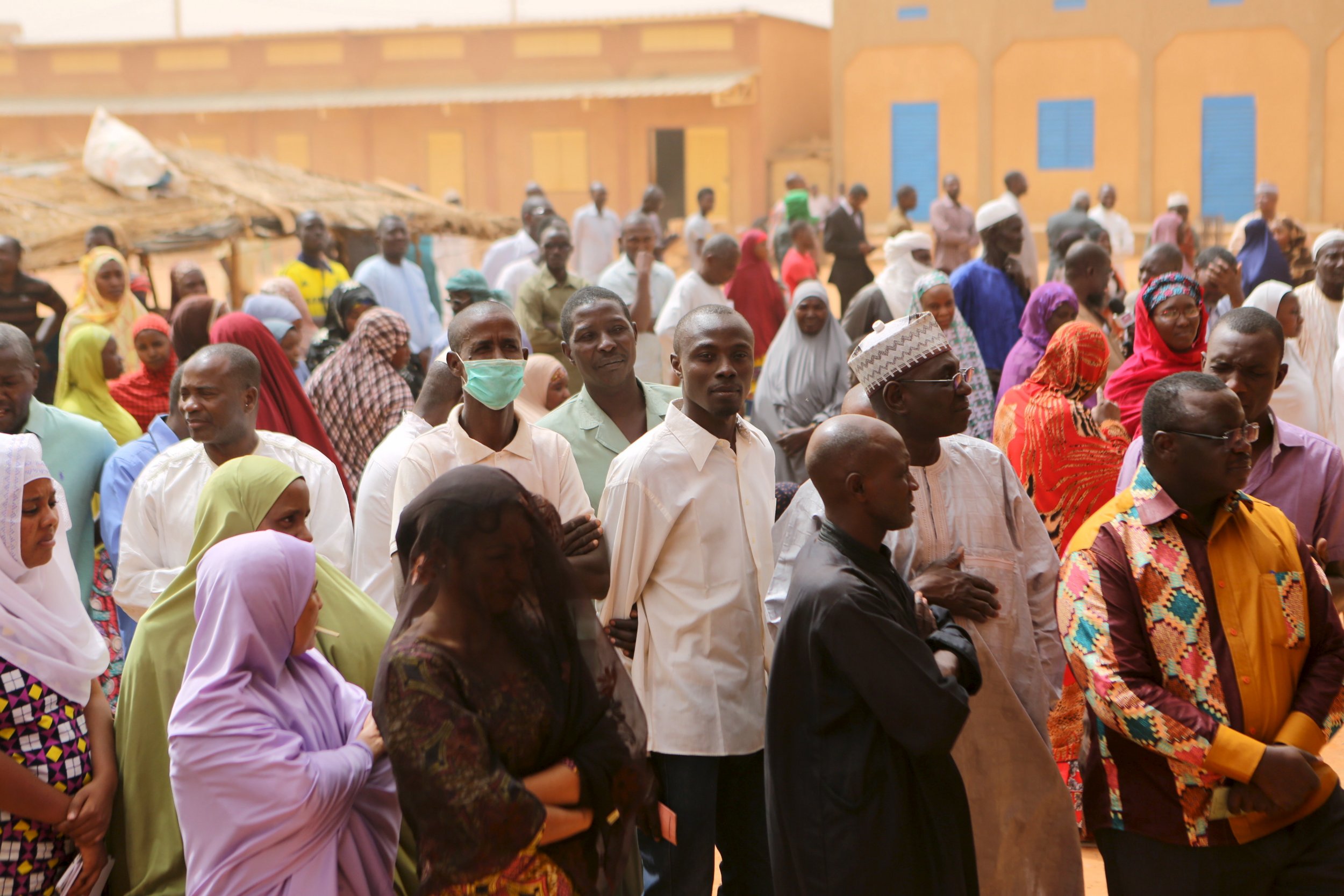
🎙️ Voice is AI-generated. Inconsistencies may occur.
By 2050, the world's population will increase by a third—it's projected to reach 9.9 billion—and India will overtake China as the world's most populous country, according to the Population Reference Bureau.
The new data sheet from the Washington, D.C.-based organization is chock full of statistics on how global population will morph over the next 34 years, shrinking on some continents and exploding on others. By 2053, the PRB projects that the world's population will hit 10 billion. Currently, there are 7.4 billion people.
"Despite declines in fertility rates around the world, we expect population gains to remain strong enough to take us toward a global population of 10 billion," Jeffrey Jordan, president and CEO of the PRB, said in a statement on Thursday. Here's a closer look at some of the data.
1.378 billion The current population of China, the most populous country in the world. By 2050, it's seen falling into second place behind India, as its population dips slightly to 1.344 billion people.
1.708 billion The projected population of India in 2050, up from the current 1.329 billion. Russia and Mexico, which are now the ninth and tenth most populous countries, will not be in the top 10 in 2050. The Democratic Republic of the Congo is expected to be the eighth most populous country, while Egypt will occupy the 10th spot.
7.6 The fertility rate of women in Niger, which represents the highest rate in the world. The west African country will see its population triple by 2050. The countries with the 10 highest fertility rates are all in sub-Saharan Africa: South Sudan, Democratic Republic of the Congo, Chad, Somalia, Burundi, Angola, Mali, Mozambique and Uganda.
1.2 South Korea's fertility rate, the lowest in the world at nearly seven times less than that of Niger, and a rate shared by Romania, Singapore and Taiwan. The majority of countries with the lowest fertility rates are in Europe—Romania, Bosnia-Herzegovina, Greece, Moldova, Poland, Portugal and Spain—and Asia: Singapore and Taiwan.
324 million Number of people who live in the U.S., the third most populous country in the world. By 2050, the population of the U.S. will increase by 23 percent, to 398 million, but it will remain third in the world. By 2050, Nigeria and the U.S. will have the same projected population.
113 Projected percentage increase of Nigeria's population, which the PRB says will increase from 187 million today to 398 million in 2050.
1.9 billion Combined projected population of the world's least developed countries by 2050. The population of these 48 countries, 34 of which are in Africa, will double in the next 34 years.
14 million Projected population of Romania in 2050, down from 20 million today. Romania, which has one of the world's lowest fertility rates, will see the largest fall in population.
900 million Number of people who will be born in Asia over the next 34 years, which will bring the population of the continent to 5.3 billion by 2050. That's more that two-and-a-half times the projected population of the African continent, which is set to reach 2.5 billion. The Americas will have 1.2 billion inhabitants, and Oceania, which includes Australia and New Zealand, will reach 66 million. Europe will see its population decline from 740 million to 728 million.
403,241 Number of people who are born across the world every day, or 280 births per minute.
The Population Reference Bureau says data came from official country statistical yearbooks and a variety of U.N. sources, including the U.N. Statistics Division. It also used the U.S. Census Bureau, Demographic and Health Surveys and Multiple Indicator Cluster Surveys. The Population Reference Bureau says, "The accuracy of population projections depends primarily on the accuracy of the underlying assumptions." Population projections are "generally quite accurate," according to a 2011 Slate article that said country-level forecasts, including those made by the U.N. and the World Bank, "miss the mark by about six percent on average."